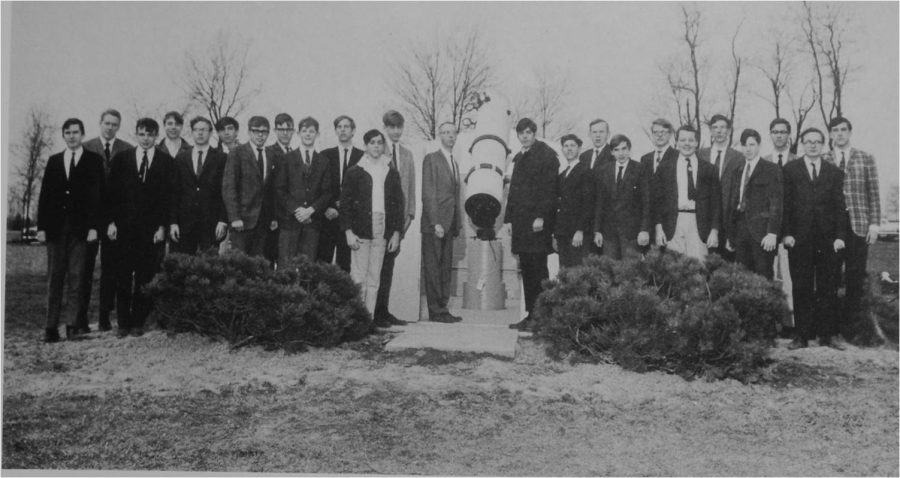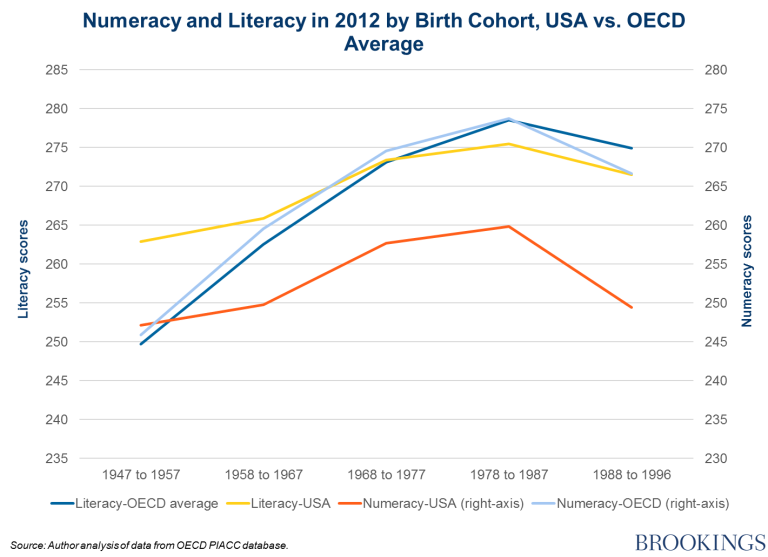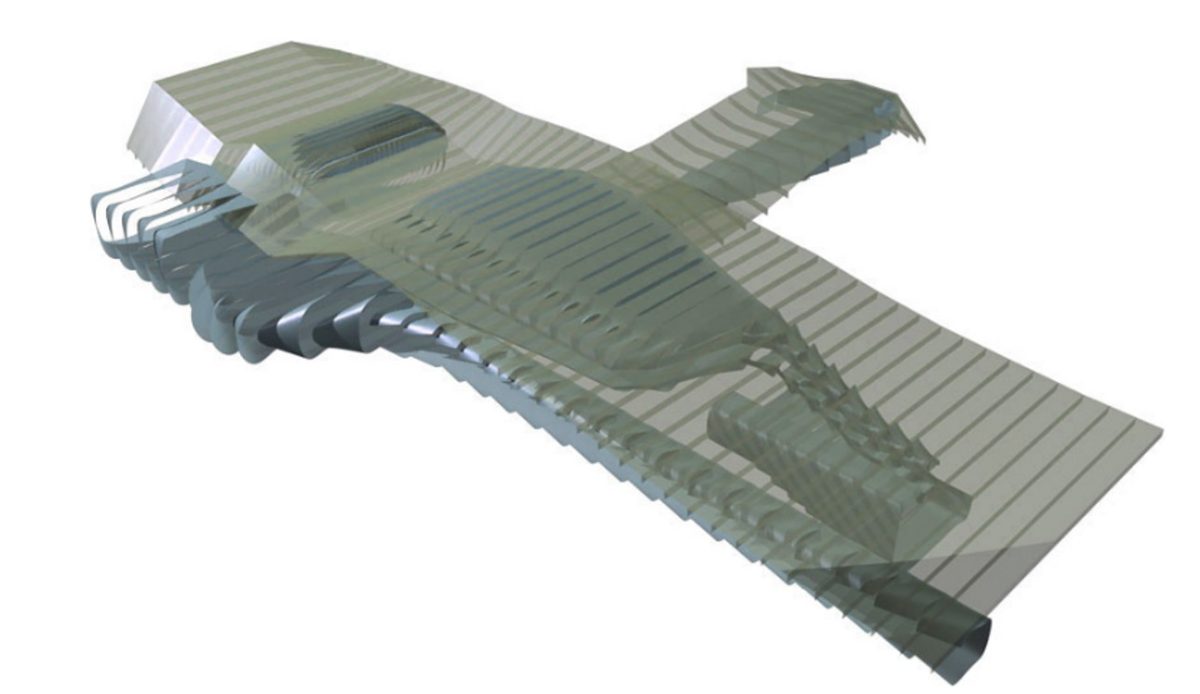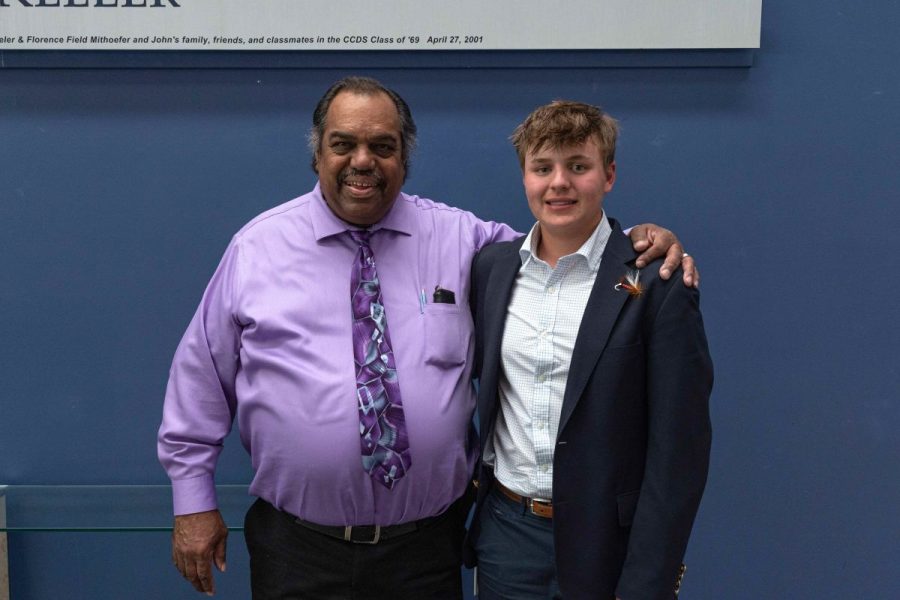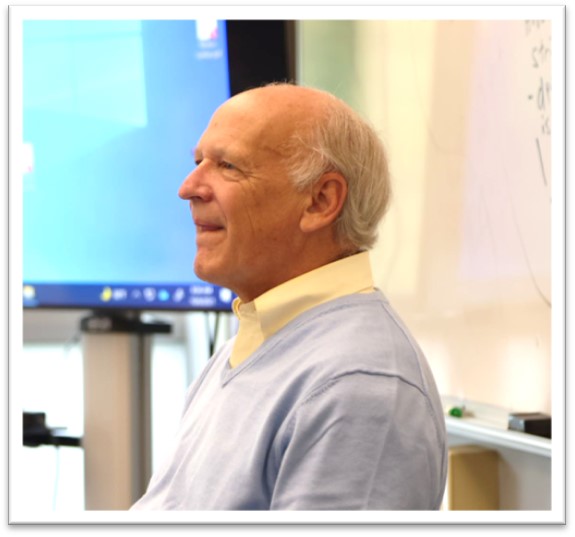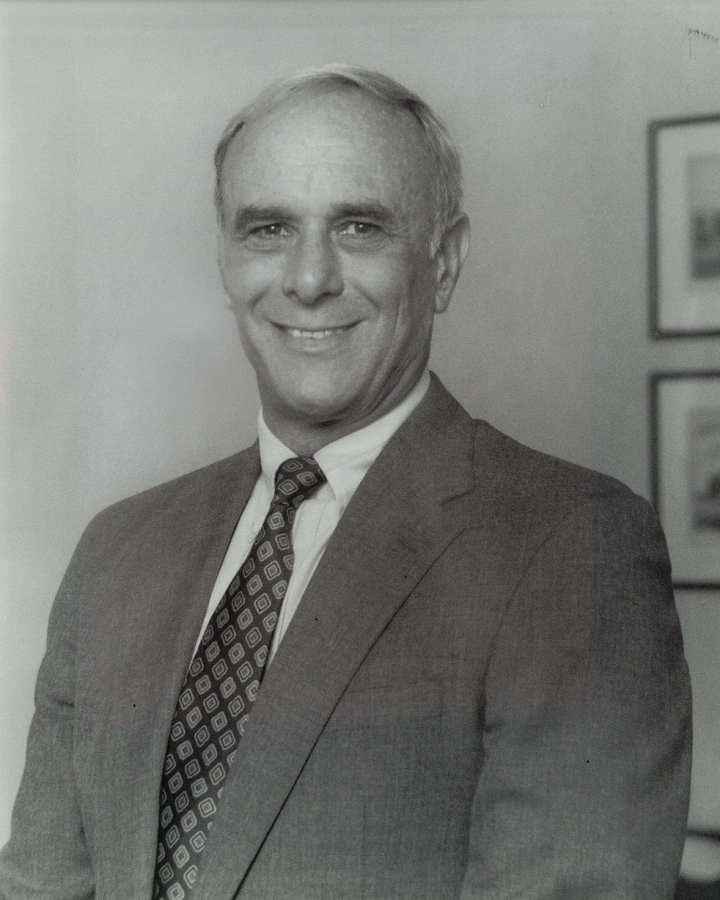By Margaret Hodson ’16, Perspectives Co Section Editor
For much of the blue-and-white clad student section, the world seemed to revolve around the football players on synthetic turf under bright lights at the Homecoming game. For a different group of around 30 alumni, faculty, students, and parents, the game and this world were not their concerns. While they could still hear the resounding cheers of the Country Day fans, they had their sights focused on a different view: Saturn.
Behind the Homecoming viewing and the recent revival of the Astronomy Club is freshman Josie Rutherford. Rutherford first became interested in astronomy in fourth grade and learned to use telescope through a Cincinnati Observatory program called FOTOKids. As part of the program, she visited the observatory once a month and learned astronomy-related information. Current faculty advisor of the club Mr. Schnieber said, “Josie knows more about the night sky than I probably do… I know she knows more about the night sky than I do.” She’s brought all of this knowledge back to Country Day, where she hopes to hold viewings once or twice a month. So far, she’s scheduled them around home football games. Even after the football season ends, Rutherford would like to continue holding viewings and scheduling them strategically around school events on Fridays or Saturdays.
So far, the Astronomy Club has looked at both Saturn and the Moon. In the future, Rutherford would like to hold a viewing of Jupiter. She explained, “Jupiter is really interesting to look at because you can see its four moons and the giant red spot on it.” She also hopes to obtain a solar filter, which allows for viewing of solar flares and sun spots. Be it Saturn or sun flares, all viewings at Country Day are done from Dickinson Observatory, a small building located to the right of the front soccer fields. It’s a structure that students park next to countless times yet frequently gloss over. This building does not have an imposing presence, but it does have a long history. So does the Astronomy Club.
The Astronomy Club started with Country Day legend Mr. David Laird, a physics teacher at Country Day from the mid-sixties until his tragic death in the fall of 1979. In 1965, the club began borrowing a telescope from Mr. Philemon “Phil” Dickinson, father of Country Day student Peter Dickinson. Mr. Dickinson ended up donating his personal telescope to the school, and it was kept in the maintenance shop under the cafeteria. As students became increasingly involved with the club, Mr. Laird eventually convinced Mr. Dickinson to finance the building of an observatory. Mr. Dickinson kindly acquiesced, and thus the observatory with his namesake has been a mainstay on the Country Day campus since 1967. Coincidentally, 1967 is the same year Country Day obtained its very first computer.
For those well-acquainted with the history of Country Day, the coincidence of these two events will not seem coincidental at all. The man behind Country Day’s first computer is also the man behind Dickinson Observatory: Mr. Laird. Mr. Laird was a forward-thinker, and saw the potential that the then-new computers had as and education tool. The computer was primarily integrated into the science classes. Students could do lab experiments (normally in physics), collect data, and write programs analyzing the data.
Upon my mention of the “first computer,” Dr. Jeffry Spain, the current network administrator, was quick to point it that it wasn’t a computer at all. He explained, “It was a terminal that connected over a phone line to a mainframe system run by a General Electric company in Cleveland.” He elaborated, expounding that a terminal is a teletype, and a teletype is a device with a keyboard and a print mechanism. Country Day’s teletype was an ASR-33, and the rate of communication was about 110 bits per second. To put this in perspective, modern internet connection can communicate about 100 million bits per second. Although the technology dims in comparison to modern computers, Country Day’s terminal was very powerful for the time period.
For the Astronomy Club, the advent of such a powerful tool to campus could not have been more perfectly planned. The club members, including Dr. Spain (Class of 1971) himself, had begun to do some very advanced calculations involving occultations. In fact, the calculations were so advanced they needed a computer to do them correctly.
An occultation is an event that occurs when one object passes in front of another. In the case of the Astronomy Club, they were interested in observing the moon pass in front of a star. They would time the disappearance of the star and then compare their observations to the theoretical value. As a point of comparison, they used data obtained from a friend of Mr. Laird’s working at the U.S. Naval Observatory in Washington, D.C. The computer terminal had no application software, so the Astronomy Club wrote a program to do data analysis on their observations from the occultations. After the “computer” had processed the data, they would send their results back to Mr. Laird’s contact at the U.S. Naval Observatory.
The Astronomy Club of the late 60s to early 70s was a small group of highly dedicated students that would spend hours staring at the night sky. They didn’t plan their viewing session too far in advance, but instead often made decisions the day-of based on the weather and the clouds. Dr. Spain remembered, “Things [were] different. If you can imagine, we would often go out at night to watch these occultations. I lived in Indian Hill, Mr. Laird lived in Terrace Park. So he’d show up at our house at midnight sometimes.” At this point, I interrupted Dr. Spain to ask, “on school nights?” He replied with a calm “yes” before continuing his story: “We’d come out here [to Country Day] for a couple of hours and do this. You wouldn’t do that today.”
That certainly is true. For one, the Astronomy Club has had a very difficult time maintaining interest after the death of Mr. Laird in 1979. Speaking of this time in the club’s history, Mr. Brock Miller said, “It’s my sense that at that point, things started to trail off, and for two reasons.” Aside from the obvious reason, Mr. Laird’s monumental influence upon the club, Mr. Miller also cited the increased busyness of student schedules. Despite having received a 14-inch Celestron telescope in 1977, the astronomy club was largely inactive from 1979-1993. The next big event in the observatory history was in ’93, when money was given to refurbish the telescope and do a little bit of work around the observatory. The money was given in honor of a middle school student that had died, and a placard was placed inside the observatory in his honor. It was that same year that Mr. Miller came to teach at Country Day.
Mr. Miller ran the Astronomy Club with Mr. Nathan Johnston’s (eighth grade science teacher) predecessor, and had some events for both Upper and Middle School students. Speaking of this time period, Mr. Miller said, “It was very hard to get students to come out. The real issue in Cincinnati is weather.” This is something Mr. Schnieber, the current faculty advisor to the Astronomy Club, can certainly relate to. Although Mr. Miller kept the astronomy club going for about 8-9 years, it eventually folded in around 2002 due to a lack of interest. It wasn’t until 2006-2007 that interest was revived and Mr. Schnieber was given the keys to the observatory.
The third advent of the Astronomy Club came courtesy of Basil Rowe. A Country Day graduate from the class of 1978, Basil Rowe was described as “an encyclopedia of the sky” by Mr. Schnieber. As a part of his attempt to resurrect the Astronomy Club, Mr. Rowe started coming to Middle School assemblies and talking about space. This was 2006-2007, and it was Mr. Schnieber’s first exposure the Dickinson Observatory. Although he’d taught at Country Day for seven years prior, he had never known there was an observatory on campus. He soon discovered that Country Day has not only a fine observatory, but several quality telescopes and five pairs of stabilizing binoculars.
Although Basil’s presentations did drum up some interest, the club frequently ran into issues with the weather. They would schedule viewing sessions, but would be unable to view anything due to an abundance of clouds. They again struggled with the problem of student busyness and found it difficult to maintain a dedicated base of members.
Rutherford has been running into many of these same problems with her club. Although the weather certainly poses a challenge, but Mr. Schnieber and Rutherford are confident about the future of the club. Mr. Schnieber said, “I know people love to look through telescopes.” For him, the best part about the club is it brings people together. It’s a community rallying point, a place to “share some stories, see some cool things.”
Read one way, the history of the Astronomy Club is one of good intentions sabotaged by cloudy skies and busy schedules. Read another, it’s the story of a club that can never lay idle for long. When Rutherford and the Astronomy Club look up at the night sky, they can do so with pride, knowing that they are part of a long line of Country Day astronomers. Although Dr. Spain and Mr. Laird may not have heard the roar of the student section as they viewed the stars, they know the feeling of staring at awe at something bigger than themselves and larger than our world.



